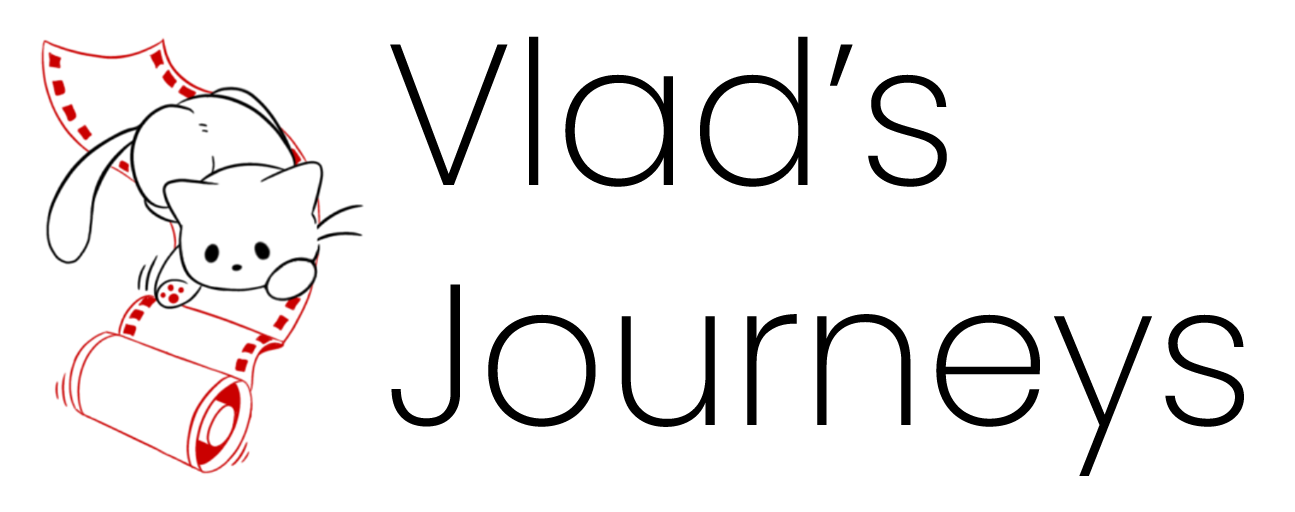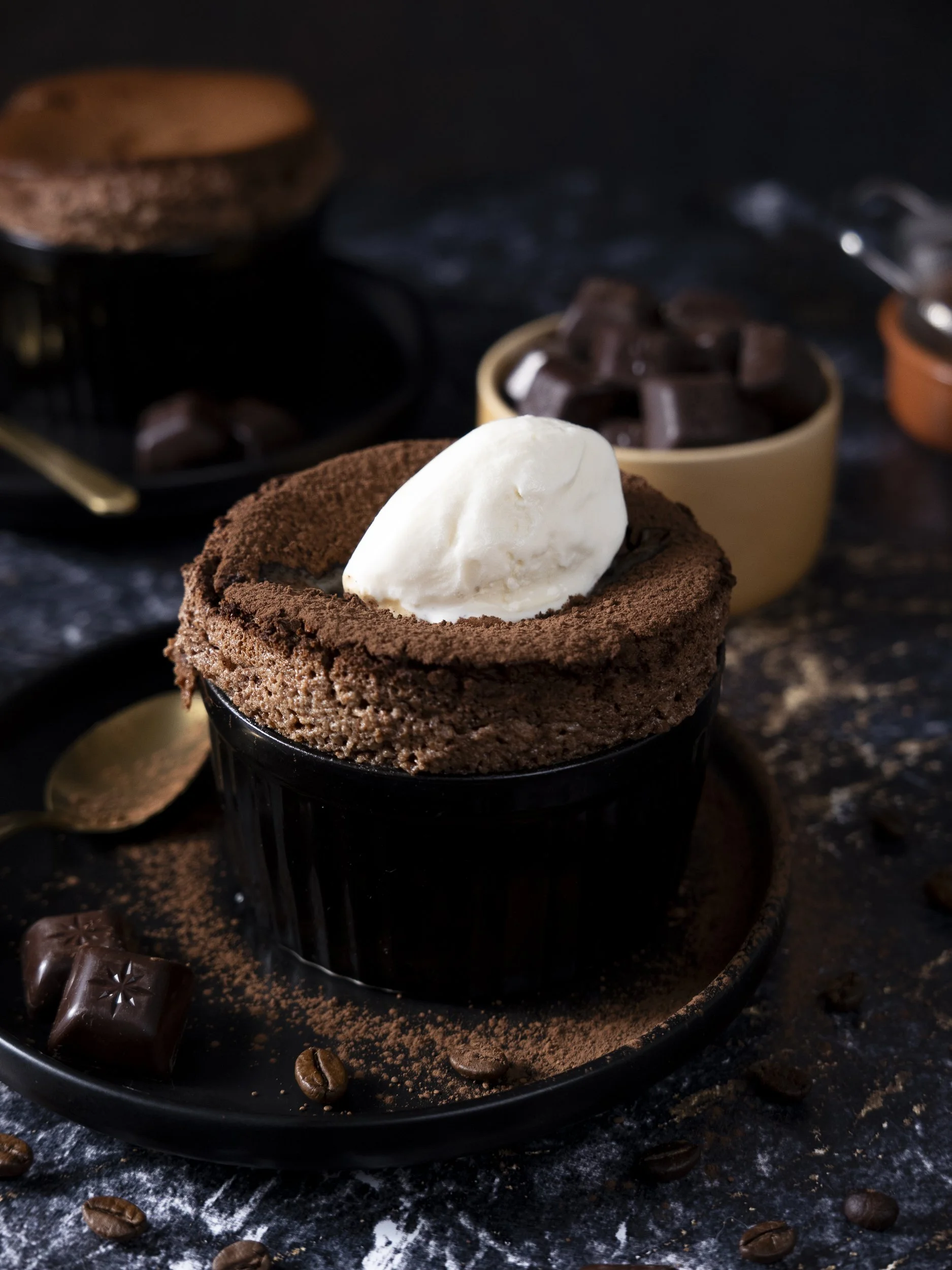Simplicity
New year, new me. I know that’s a bit of a cliché, but sometimes the stereotypes exist for a good reason. As 2025 got closer, I decided to take a look at what gear I was taking with me on my trips, what was working and what was not, what camera I liked using, what lenses and what post-production process I had in place for all the images I took on any given outing.
With that in mind, I actually though a lot about the vacation I took in the summer of 2024, where, for a week in Rome, I only took my Fuji X-E4, a small rangefinder style camera, and 2 focal lengths, 25 and 35mm. That setup worked quite well for me for that trip, although, at times I would have liked to have a few more options when it came to available focal lengths.
So I started researching what compact cameras I could find that offered high-quality image capabilities, a zoom lens and, ideally, the option to shoot JPEG only and not worry about post-processing. Well, when I say “researching” I actually mean going on YouTube and watching some videos about the camera I already had in mind, the Leica D-LUX 8.
I was pretty much decided that I would probably get one of these, but I was still unsure whether it would be a good fit for me or not. Also, I know a decent smartphone is always an option but I’m more comfortable using a camera, even if I do use the back LCD.
So I bit the bullet and bought one.
Well, when it arrived, impressions were actually good. The camera is really small and discreet, you know, if you ignore the red dot 😅, it’s menu is simple and straightforward, without overcomplicating things and I can save 3 separate custom profiles and easily and quickly switch between them.
I also like the “no distractions” approach to the camera controls. On top of the of the camera you have the power button, a zoom in & out switch, the shutter speed dial and a thumbwheel with a button in the middle. You set the thumbwheel to control either exposure compensation or ISO and the button is highly customizable.
On the back of the camera you have the playback button, a menu button and a d-pad, and you also have 2 customizable buttons for other functions.
On the lens you can manual focus, control the aperture, and, an interesting feature that I don’t know how often I’ll use, you can switch between various aspect ratios.
One of the first things I shot with it when it arrived was a dessert recipe. Granted, I didn’t buy it for food photography, it really isn’t what it’s made for and even I wouldn’t pretend to say that this little thing would be a serious step up from a smartphone for anyone who’s really serious about food photography. But, I was shooting a recipe at the time and I thought why not test. At least I’d be able to get an idea on how it works, how the images look, how they edit, and, if I would be sending it back or not.
Well, it’s safe to say that I was pretty pleased with the results. The raw files edited quite well and, honestly, the out-of-camera jpegs weren’t that bad either. But I couldn’t help myself and had to tweak them a little bit more as I had a certain look in mind and I was curious whether I could get close with the D-LUX.
After that shoot, I had a few opportunities for some street photography, so I went out with the tiny camera and, again, I loved having something small and unassuming, something that is also quite versatile with it’s 24-75mm focal range, and, again, I quite liked the jpegs that came out of the camera. Now, I still have some more adjustments to make to the jpegs so I’d be completely happy with them and I’m sticking to shooting raw and editing in Lightroom for now, but I don’t feel I’m that far off from what I want.
Overall, I have to say that getting the Leica D-LUX 8 has been a good decision for me and I’ve been taking it with me every time I go out or even when I go shopping.
I have to admit that I really like this little thing. 📸

























